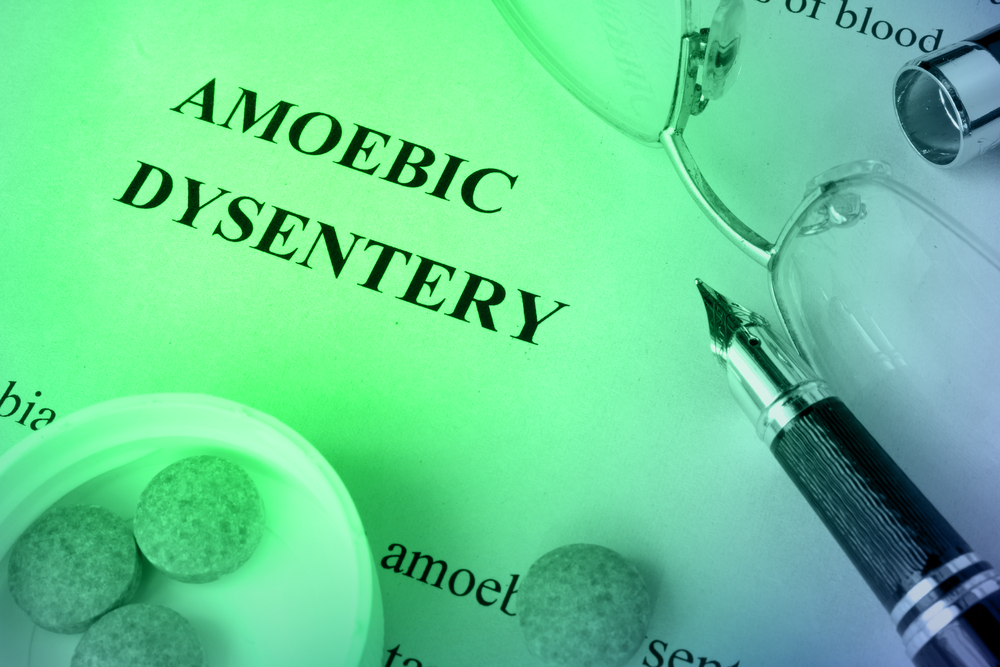Amebiasis is an infection in the intestine caused by a one-celled parasite called Entamoeba Histolytica. It is an easily-acquired disease, especially when one lives in poor sanitary conditions. It is mostly found in developing countries and, in some cases, men who indulge in same-sex intercourse.
One can easily be infected by amoeba when swallowing contaminated food or water that has touched the stool of a person affected with E. Histolytica. It can also be due to contaminated water or food. Lastly, it can also be obtained just by touching or bringing to your mouth the cysts (eggs) picked up from surfaces that are also contaminated by the parasite. It is best to be hygienic so as not to spread amoeba. Washing hands with soap and water after every task can improve one’s health.
Amoebic dysentery usually shows up after one to four weeks after contact with the parasite, but there are some cases where you get infected more quickly or more slowly, depending on the environment and your immune system.


